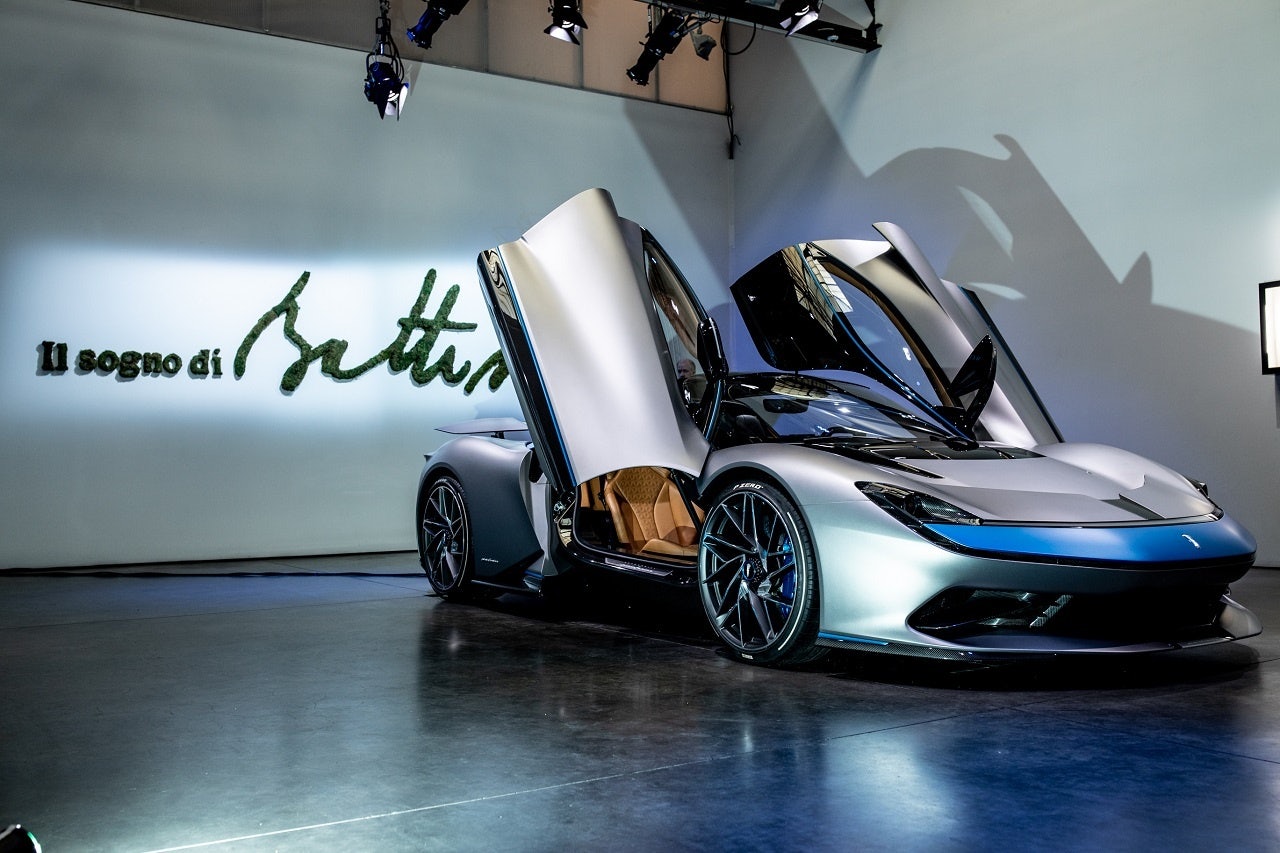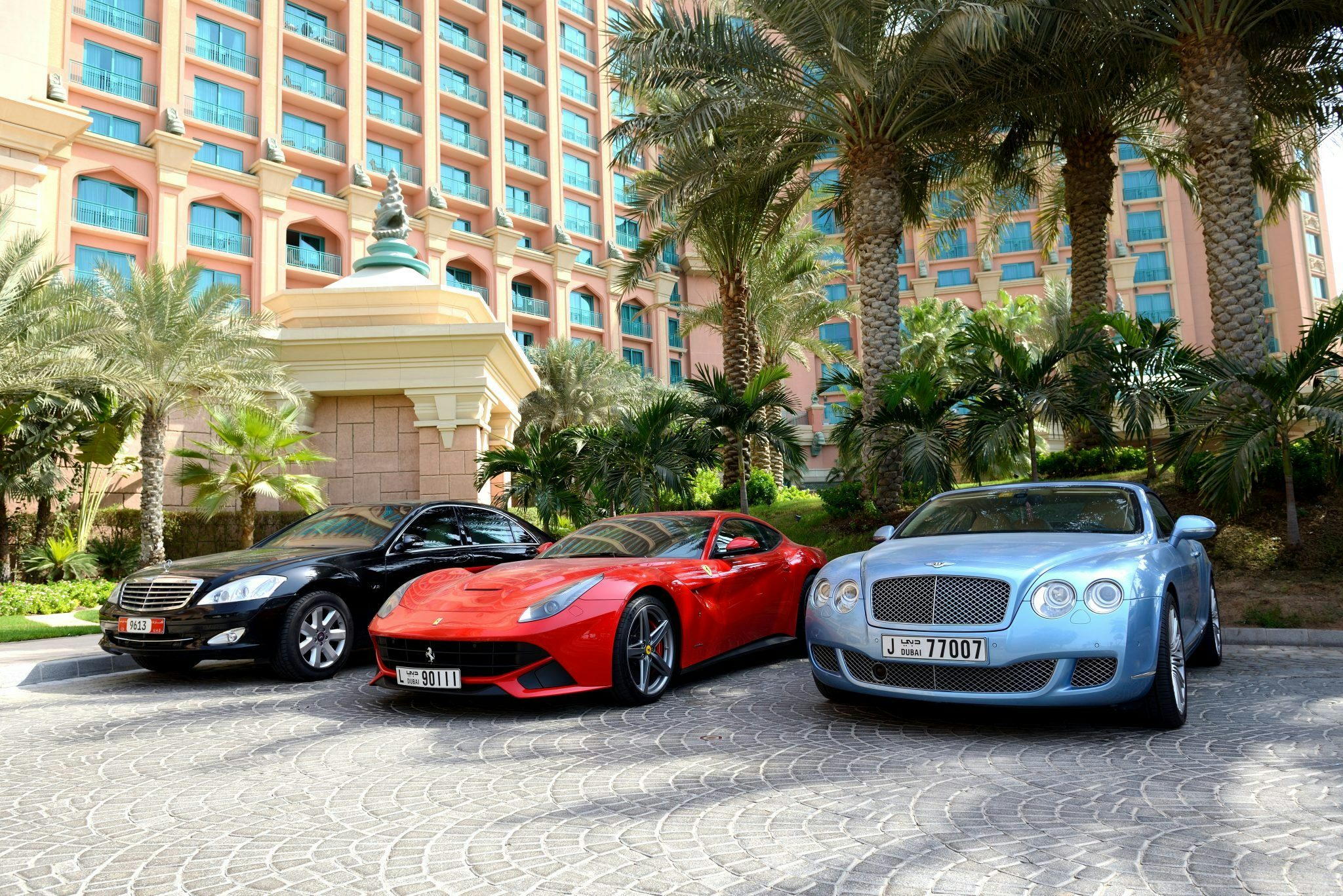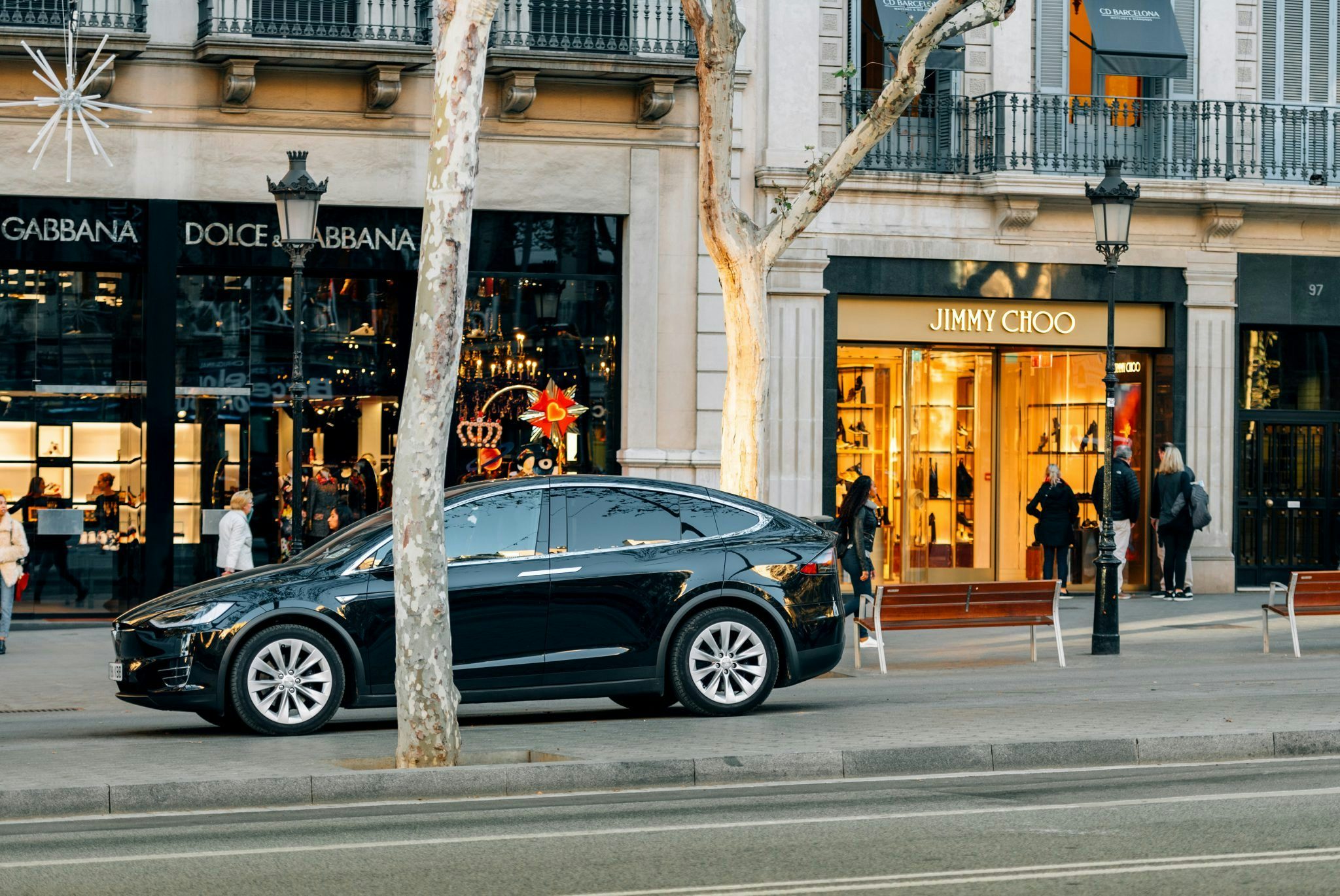For many, the terms “luxury” and “sustainability” feel mutually exclusive. I’ve pointed out in many of my luxury publications that combining both is challenging, especially for an hypercar, because luxury combines a unique experience with extreme performance, which is hard to achieve with a minimized ecological footprint. It’s important to note that a luxury brand must first be perceived as “luxury” without compromise, but then sustainability has become an essential next purchase driver, especially for younger consumers. That gives brands an opportunity to disrupt by positioning themselves at the forefront of the ethical, guilt-free luxury products that younger luxury buyers clearly want.
That’s why I am personally so excited about the Italian car design firm Pininfarina’s decision to launch the Battista: an electric hypercar that eclipses anything before in automotive history, but with a carbon footprint comparable to a Toyota Prius. This week, Pininfarina invited me to give a keynote address about the power of sustainable luxury at its New York City unveiling event, in front of a hand-selected group of customers, sustainability ambassadors, and journalists covering the luxury, business, and automotive industries.
There I mentioned that the term “hypercar” might not even fully describe this car well enough, as the specs are nothing less than a breakthrough in automotive performance: 1,900 horsepower, more than 2.300N.m of torque unleashed by four dedicated electric engines that power each wheel, and an acceleration speed that has only been experienced by driving a Formula One racing car — and it’s all packed into a beautiful design with a luxurious, refined interior. The Battista moves the needle of what car luxury means to a different level, and it does this while producing zero-emissions. “ultracar” is a more appropriate term for it, and the few lucky owners of this exclusive car can enjoy its exhilarating driving experience guilt-free.
It was exciting to watch the Battista go from a concept, to what was then shown weeks ago in Geneva, and now to its first appearance in America. That’s because many of the existing hyper-car companies have no clear EV (electric vehicle) strategy or showcase only future EV concepts, most of which never see the road. In contrast, Pininfarina has a car that is already driving on the streets of New York and is exciting both bystanders, who saw it zooming by, and police, who also noticed the car and stopped it several times during its test drive because they wanted to see it close up.
And seeing is believing! The team around CEO Michael Perschke — including chief brand officer Dan Connell, legendary designer Luca Borgogno, program director Rene Wollmann, and test driver and Formula One and Formula E pilot Nick Heidfeld — did not compromise on any amount of luxury, performance, or comfort for this car, and this, to me, is crucial. That’s because luxury must first attract people in a clear and uncompromising way before it can inspire them to change the way they think. And this change can help create a lasting movement around sustainable luxury that will go far beyond the 150 future owners of the car. In this way, Pininfarina can aid in changing people’s views about luxury cars — and specifically ultracars — that will lead to an increased demand for high-performance cars without emissions.
In a growing number of countries car companies now need to indicate how efficient their models are with a traffic-light system that goes from green to red. Not surprisingly, most traditional gasoline-powered, high-performance luxury cars are still classified as dark red, and in many places, they are subject to a “gas guzzler” tax. Sustainable luxury like the Battista will make consumers aware that extreme performance can be green, too. Over time, this will have a significant influence on which luxury brands people choose.
In China, I predict that cities like Shanghai, Beijing, and Guangzhou will soon restrict internal combustion engines as the only way to solve their increasing pollution problem. Norway is already phasing out gasoline cars, with France, the UK, and other regions around the world soon to change their legislation. By educating consumers on the possibility of new, superior, and more sustainable technologies, Pininfarina won’t only shift the way people think, they’ll also inspire other car companies to accelerate their emission-free developments. There’s a profound disruption happening in the luxury car industry, and only brands that embrace change will stay relevant.
Now that customers can see what’s possible with EV cars, expectations will shift. Given that China is the largest EV market and is home to the youngest luxury consumers (who are highly receptive to new technologies), I predict the Battista will be well received among wealthy Chinese consumers and further accelerate China’s global leadership role in EV adoption. And, ideally, this will encourage other luxury brands across industries like fashion, handbags, luggage, furniture, and more to rethink how they can disrupt their own categories by creating more sustainable business models. This is the power of sustainable luxury, and the movement is just beginning.
Daniel Langer is CEO of the luxury, lifestyle and consumer brand strategy firm Équité. He consults some of the leading luxury brands in the world, is the author of several luxury management books, a regular keynote speaker, and holds management seminars in Europe, the USA, and Asia. Follow @drlanger



